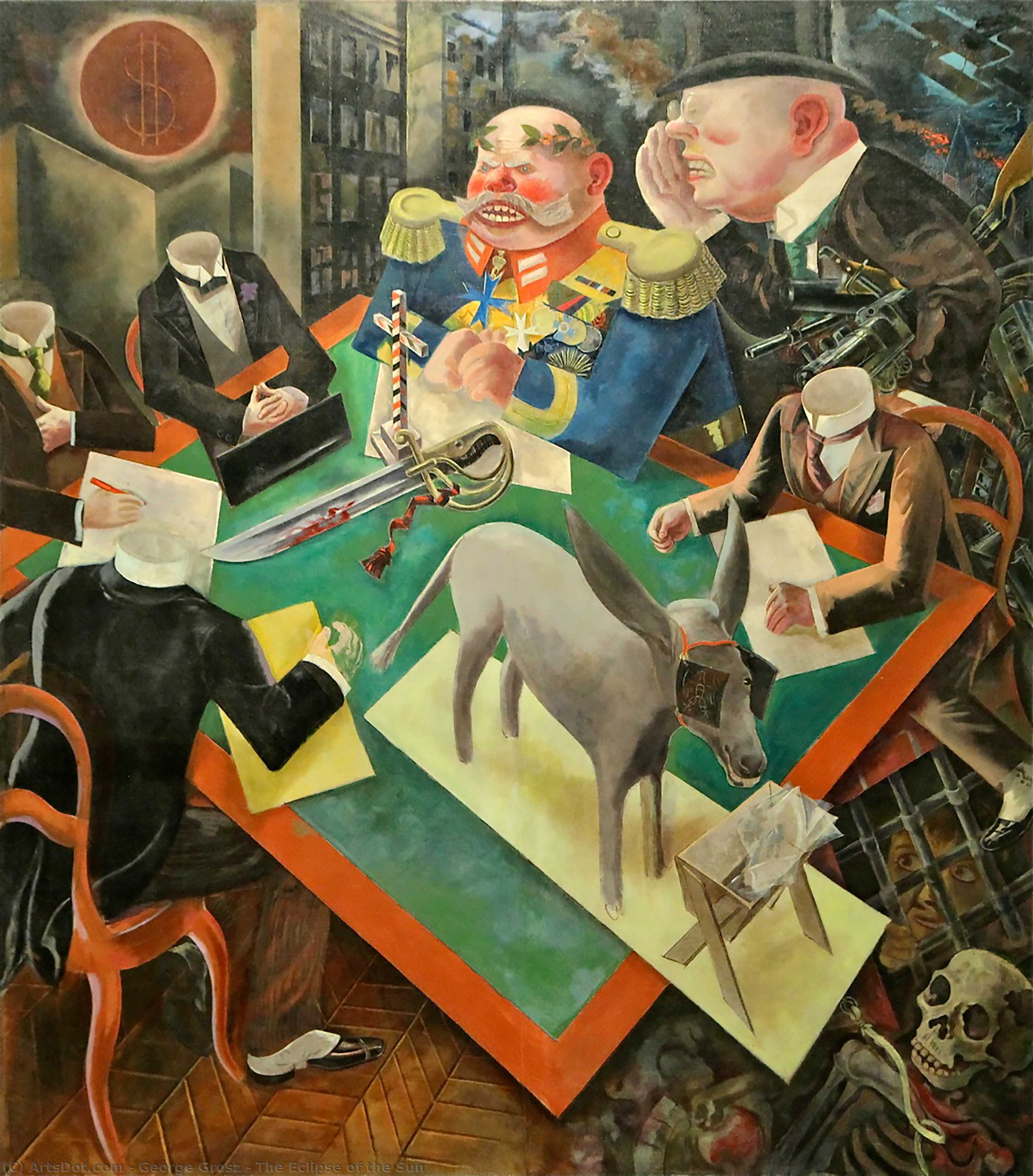The Adventure of Der Blaue Reiter
When Artists Fought Nationalism
Originally published in the December 2019 issue of L’Art par Contrast
Born within the German Empire from the shared vision of Franz Marc and Wassily Kandinsky, the adventure of Der Blaue Reiter — as a recent exhibition at the Musée de l’Orangerie (March–June 2019) called it — extended far beyond national borders.
It embodied the spirit of an entire era: one in which the youth believed in a future they longed to build, while Europe was boiling with both political and artistic fervor.

Expressionism as a Quest for Inner Necessity
Behind a rippling blue tree, a cat sleeps — peaceful, lulled by the stillness of the forest that surrounds it. The background is merely suggested through color: the green of the grass blends into an ochre yellow that undulates like the animal’s back. And that enigmatic tree, symbolic and dividing the canvas in two…
With his Painting for Children (Cat Behind a Tree), August Macke leaves us perplexed. What was he seeking through these distorted forms and rejection of realism?
Here lies a perfect illustration of Expressionism — that elusive term applied to a group of early 20th-century artists, primarily German, whose works stemmed from what Kandinsky called the “inner necessity” in Concerning the Spiritual in Art (1911).
Aesthetically, this manifested as distortion and dissolution of form. Color ceased to serve the line or to represent reality faithfully — it became a true vehicle of expression, a means to convey an immediate, authentic emotion.
From Die Brücke to Der Blaue Reiter
Expressionism was born in painting with the groups Die Brücke (“The Bridge,” founded in 1905) and Der Blaue Reiter (“The Blue Rider,” founded in 1911), before extending to cinema, theater, and architecture. This diversity makes generalization difficult, yet critics have long recognized in this artistic effervescence a shared impulse — both aesthetic rebellion and political resistance.
Members of Die Brücke, from which several Blaue Reiter artists emerged, already sought to reform the Wilhelmine German society, paralyzed by bourgeois conservatism. This moral rigidity was an attempt to fill the spiritual void left by industrialization.
Art, in a radically new form, was to give birth to the New Man.
Der Blaue Reiter carried that ambition forward — but in a more spiritual and less overtly political way, infused with mysticism and open to international influences.
An International Vision
Their inaugural 1911 exhibition traveled across Europe, supported by key cultural figures of the time — Blaise Cendrars, Guillaume Apollinaire, and Filippo Marinetti, among others.
Eclectic by design, much like the Almanach that served as their pedagogical manifesto, the movement mixed modernist creations, medieval references, and reproductions of African and Oceanic art.
This diversity revealed a clear intent: not to limit art to its formal qualities, but to build a direct cultural and emotional dialogue with the viewer — a pure expression of human experience.
At a time of growing distrust between nations, such artistic freedom carried an unmistakably political meaning.
A Europe in Motion
From Paris to Moscow, Europe’s great cities were alive with cultural energy.
The expansion of transport and communication networks multiplied encounters and exchanges — of ideas, of styles, of cultures.
Expressionism, Cubism, and Futurism unfolded simultaneously, bound by a shared avant-garde spirit rejecting the old academic tradition of imitation.
Internationalism became a value to defend.
Yet this clash between conservatism and modernism went far beyond aesthetics.
For the artists of Der Blaue Reiter, questioning the rigid cultural identity of nation-states meant challenging the very foundations of authority.
Their reformist aspirations — even utopian at times — collided with an elite that viewed academic art as the guarantor of German identity. Amid these nationalist tensions, fear and rejection of foreign art crystallized. French Impressionism became the prime target.
The artists of Der Blaue Reiter faced hostile, often racist attacks:
the Russians (Kandinsky, Alexej von Jawlensky, and Marianne von Werefkin) were singled out, as were Slavic and Latin artists, accused of invading German culture.
The End of an Era
The First World War brutally halted this extraordinary movement toward artistic internationalism and marked the near end of Expressionism itself.
Carried by the fervor of their time, many artists donned uniforms with naïve enthusiasm, believing destruction would give birth to a better world.
An entire generation was shattered at the front — Apollinaire, Marc, and so many others perished.
The absurdity of war swept away all utopian vitality.
To the impassioned idealism of the pre-war years succeeded the bitter irony of postwar art, as Europe retreated once again behind its borders.

Legacy
What does art history remember?
A fleeting, luminous moment — one that celebrated exchange, dialogue, and cultural openness, even in a climate of mutual suspicion.
Against the rise of nationalism, the pioneers of Der Blaue Reiter chose spiritual exaltation and the joy of artistic exploration, in a world offering little hope for peace.
Their legacy endures as a timeless reminder: when art dares to transcend frontiers, it becomes not only a mirror of its era but also an act of resistance.
%2C_1913.jpg)